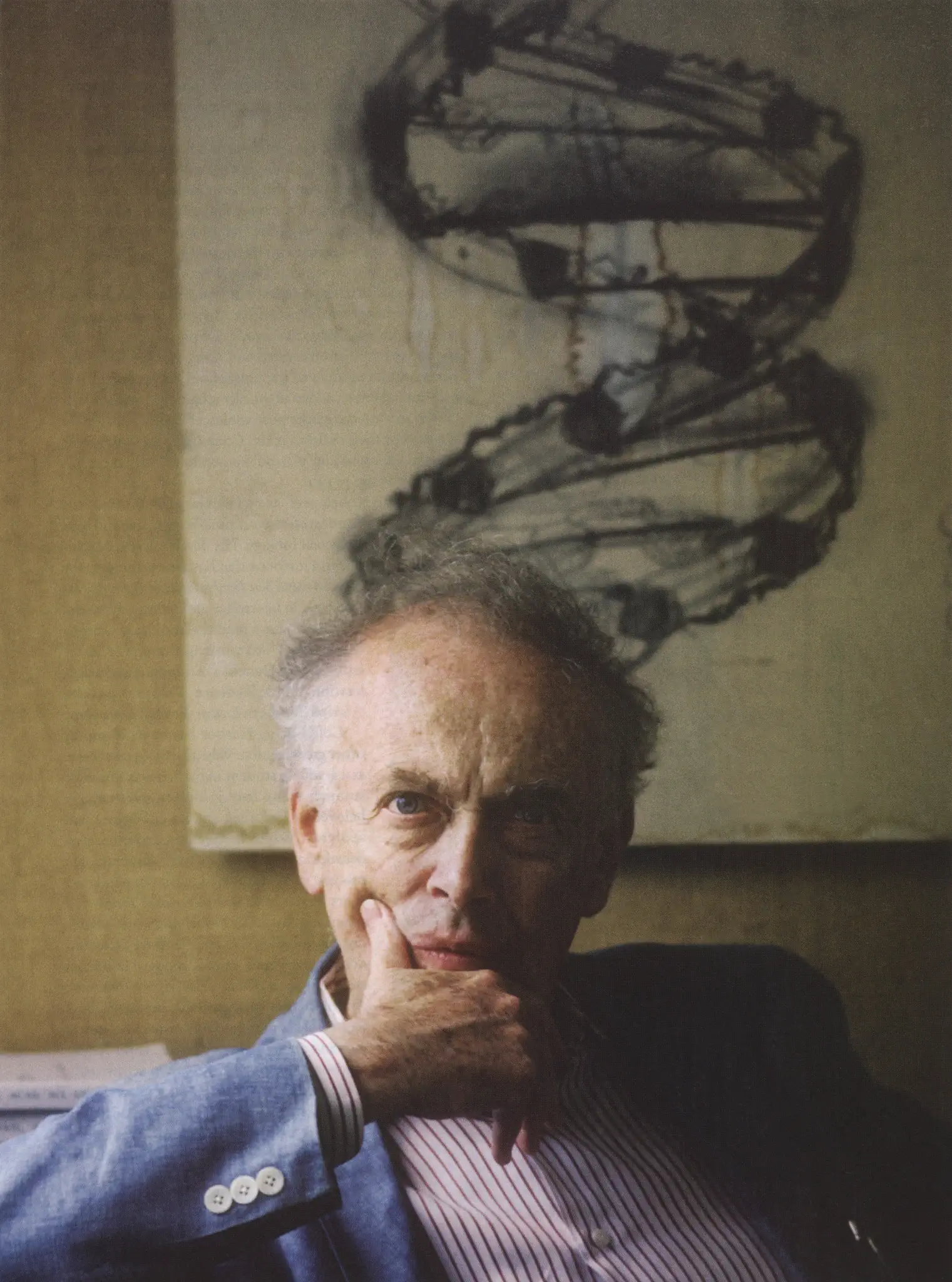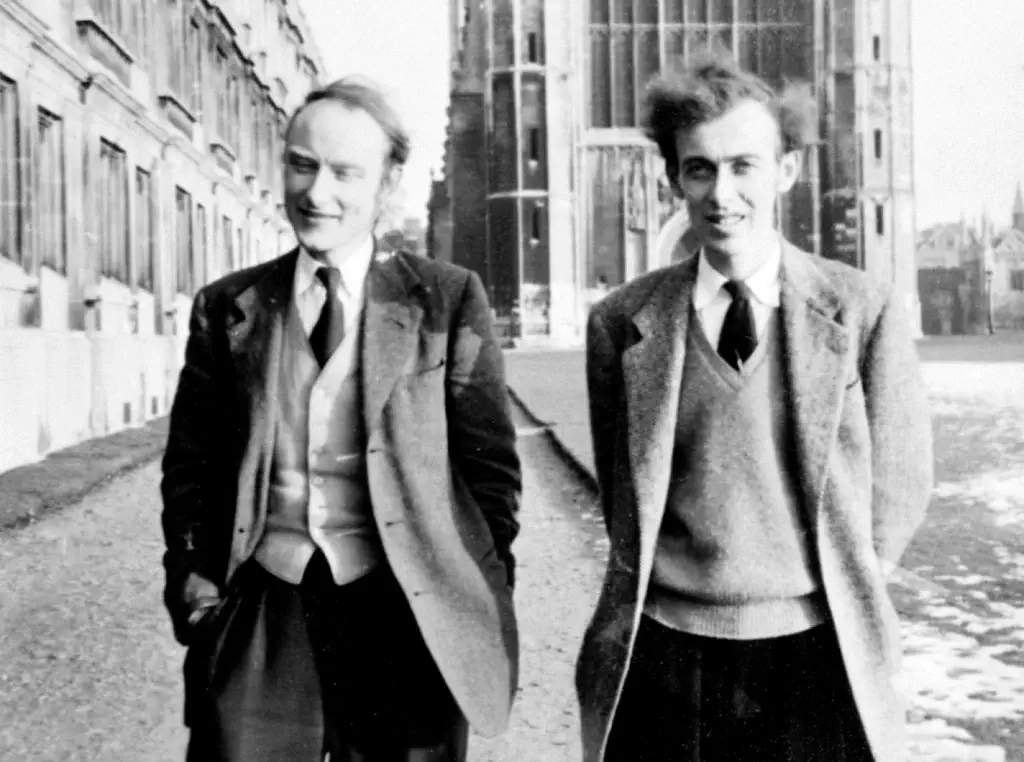James Watson And His Quiet Final Years In SaddleBrooke Arizona

James Watson, known worldwide for co discovering the double helix form of DNA, spent the final period of his life in the quiet retirement community of SaddleBrooke Arizona. While national coverage of his passing focused on his scientific achievements and controversies, local residents who encountered him during his later years saw a different side of the man. For regional context, readers can reference major reporting such as the BBC announcement at this link and the Washington Post obituary at this link. Residents seeking information on SaddleBrooke itself can review local neighborhood details at this community guide.
In SaddleBrooke, Watson was not known as a figure of controversy or a public personality. Instead, he appeared as a quiet neighbor who valued calm routines and the open desert landscape. Neighbors described him as polite, soft spoken, and steady in his habits. His days reflected a slower rhythm, centered around morning walks, light reading, and moments of reflection rather than scientific ambition. These observations created a community portrait that is often missing from national reporting.
SaddleBrooke residents noted that Watson frequently appeared on the walking paths during early hours. Even as his health shifted in later years, he maintained a consistent pace and wore the same wide brimmed hat to block the intense Arizona sun. People often waved to him, and he offered a nod or a small smile in return. Several residents recalled that he occasionally paused to look at desert plants or to comment briefly on how resilient native species can be. These brief interactions created a sense of familiarity without formality.
Neighbor Memory: One resident who tended a garden near one of the neighborhood paths shared a memory of Watson stopping to admire blooming aloe plants. She said he mentioned that desert plants remind him of how life adapts to heat and scarcity through quiet resilience. She did not know his identity the first few times she spoke with him. When she later learned who he was, she said it only added an interesting layer to the memory, but it did not change the fact that he was simply a kind older neighbor who appreciated her gardening work.
Watson was also seen occasionally at the DesertView clubhouse library. Volunteers and staff noted that his reading choices in his later years shifted away from biology toward astronomy, geology, and regional natural history. He would sit near the large windows to take advantage of the bright SaddleBrooke daylight while he read. One volunteer shared that he once remarked that the Arizona sky held more mysteries than any scientific paper he had written. This simple reflection stayed with the volunteer and offered a glimpse of a more introspective Watson.

Community lecture nights also drew occasional attendance from Watson. Although he never presented at these events, he listened attentively from the back row. A speaker recalled that he asked a gentle question about protein structure during one session, then waved off attention when a few audience members realized who he was. The speaker noted that he seemed more interested in participating as a regular attendee than as a known scientist. This desire to blend into community life was echoed by several residents who crossed paths with him at various SaddleBrooke activities.
Golfers in the community recalled seeing Watson ride along in a cart with a friend during early morning tee times. Although he no longer played, he enjoyed the peaceful pace of the course. Golfers said he often pointed out wildlife such as quail families that darted across the fairways. Others noted that he enjoyed watching the sunlight travel across the greens as the morning warmed. Residents said he rarely commented on golf itself but always noticed birds, plants, and the colors of the sky.
As his health declined, neighbors saw him outside less frequently, though his family remained attentive and supportive. Residents described his family as respectful, private, and caring. They ensured Watson had companionship and comfort and helped him maintain a connection to the fresh air and open views he enjoyed. During the final months, neighbors said he liked sitting outside during the sunset. With a blanket across his legs, he would watch the light fall behind the Santa Catalina Mountains, taking in the warm colors that make the region so distinctive.
Final Reflections: One neighbor said that Watson rarely spoke during these moments. He simply stared at the mountains, sometimes with a soft expression, sometimes with deep focus. She said it was clear those quiet sunsets brought him peace. For a man whose legacy reached across the scientific world, these final scenes in SaddleBrooke highlighted his desire for calm reflection more than public recognition.
National newspapers reported on Watsons scientific contributions and the public controversies that marked his later professional life. Articles such as the Washington Post obituary noted his complex legacy and the conflicting ways the world remembers him. The BBC article provided a straightforward summary of his death and scientific impact. Yet the local community perspective from SaddleBrooke provides additional depth to understanding his final years. While the world debated his views and achievements, Watsons final chapter unfolded among quiet streets, friendly waves, and warm desert evenings.
For readers who want to understand SaddleBrooke as the backdrop of this story, the Oro Valley News neighborhood guide offers detailed information about amenities, community layout, and the appeal of this retirement area. The combination of national reporting and local insight presents a fuller picture of Watsons life at the end, showing that even the most famous individuals often seek peace, stability, and community during their final years.
Readers interested in more community profiles and regional coverage can explore sections such as Community or Local News. These areas provide ongoing updates on people, neighborhoods, and events across northern Pima County.

